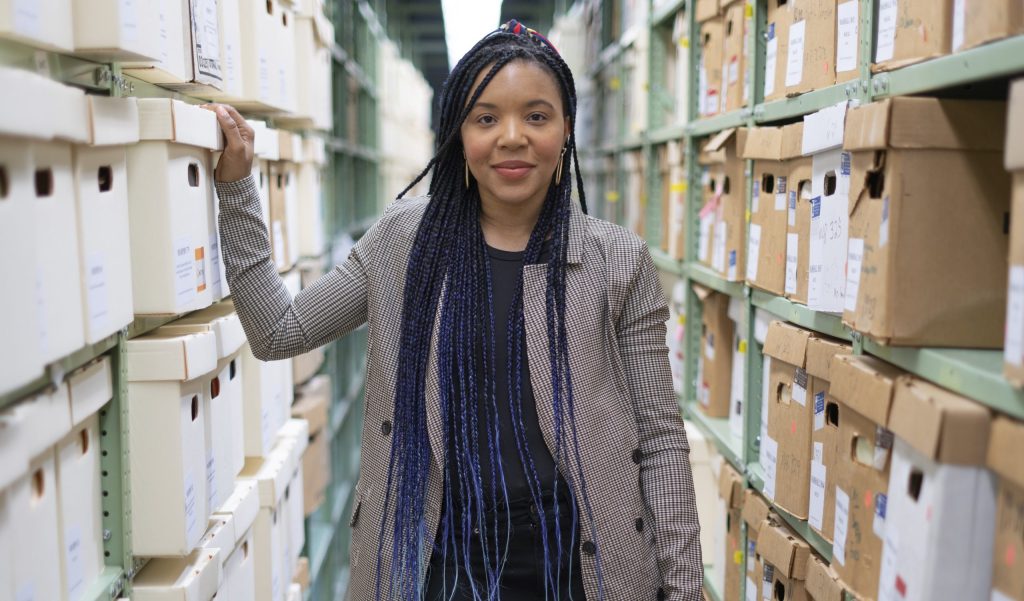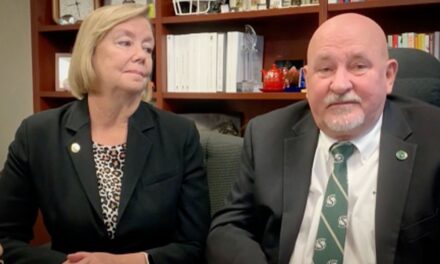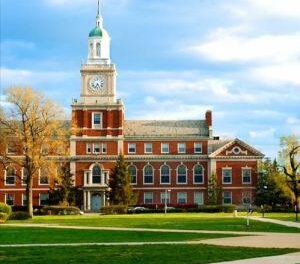By Aria Brent
AFRO Staff Writer
abrent@afro.com
Deyane Moses is a woman of many passions, one of the most notable being art. For nearly a decade, she’s been dedicated to researching, displaying and honoring Baltimore’s Black history and culture.
In a place like Charm City, where rich Black history is preserved and shared by many organizations, it takes individuals like Moses to push the city forward by honoring its storied past.
The AFRO recently caught up with the artistic activist about the work she’s doing beyond Afro Charities, her experience as an archivist and what’s next for her as an exhibit curator.

AFRO: How did you get your start as an art and exhibit curator ?
DM: I came into this field unknowingly. I used to be in the military as a broadcast journalist and when I got out of the military, I came back home to the D.C., Maryland and Virginia (DMV) area. I attended school at MICA the Maryland Institute College of Art to pursue photography. However, while I was there, I noticed that the demographic of the school did not look anything like the city. I started looking into their history and I ended up utilizing the AFRO archives to uncover history that talked a lot about the racism at the school from the early 1800’s until 1954, when schools were desegregated. I started an archive database for that, along with making an exhibition and having a demonstration talking about that history, and it kind of blew up. I didn’t know I was curating– I was simply moving intuitively.
When I was working on the Maryland Institute Black archives, which is the project I started while I was at MICA in undergrad, I also ended up starting my own company called Blackives to assist with research and making exhibitions with the community at large surrounding Black history. So a lot of work that I did there was creating programs mostly thinking about preserving the legacy of Black artists in Baltimore. Once I found out what curation actually was, I went on to pursue my master’s degree at MICA and I got my Master of Fine Arts in curatorial practice. I continued to work on exhibitions and learn more about the craft and also more about archives. And then that’s when I ended up connecting with Savannah Wood, the executive director of Afro Charities, and we’ve just started working from there.
AFRO: What has been the most challenging part of being an exhibit curator ?
DM: I would say it always comes down to funding. In Baltimore, I’ve made so many connections. We have so many friends and we get a lot of donations, but at times you do need real funding and people should be paid. Artists should be paid. We want to be able to pay people and put on great programs and exhibitions.
Funding is important for my archival work, but it has been really tough as an independent curator. I think that’s one of the toughest things– finding financing and the other thing is time.
As an independent curator I’m working on my projects and working at my full time job. I also have my passion projects that I want to work on. Finding that balance between time and funding is always going to be difficult.
AFRO: This year a series of museums across the city worked with MICA students to curate exhibits dedicated to textile artists Elizabeth Talford Scott.Can you talk to me about the work you did with the Elizabeth Talford Scott initiative?
DM: It was a life changing experience, I can tell you that for sure. It was life changing to come back to be a teacher. I now have mad respect for teachers, even more than I did before. The effort that they have to put in to work with so many students– while also having to collaborate with so many outside organizations, it’s a lot of work!
The class I taught was not normal by any means. Usually it’s a group of students collaborating with one organization, but this had multiple venues, multiple directors, multiple students, different personalities and this teaching experience really taught me a lot about myself. It was definitely a switch from being a teacher to being a student.
As for honoring Elizabeth Talford Scott, I learned more about her. I thought I knew about her work, but I can say that when you start to curate and you’re storytelling. While you’re pulling together objects to talk about that story, those objects– they start to really speak to you.I feel like a lot of people in the class were starting to have connections with Elizabeth and her pieces. To honor her was amazing. To be a part of that and to see her legacy grow, and to be a part of that, that’s one of the things that pushes me every day. I didn’t always see Black people depicted as artists, so to see the work that she was doing and to see her tribe, to learn more about her life– I see a lot of herself within me.
AFRO: What does your dream exhibit look like ?
DM: How much do I want to say? I’m still dreaming! I have big dreams! Let’s see, how can I phrase it without giving all of it away? I’m very much interested in spaces, but I’m also very interested in extended spaces– extended reality. To be specific, I see the future with technology and I see where we’re going and I want to be a part of that. I’ll be honest, I’m really not sure what it’s going to look like in the future in terms of curating in these digital spaces but my dream space is a digital space that’s accessible to all and accessible on a variety of different devices. My dream exhibition would take place in a digital space, involve Black folks, involve Black history and definitely involve Baltimore– that would be my dream exhibition.
AFRO: What’s next for you as an exhibit curator, as a creative director and an artist?
DM: This is a new role for me as the director of partnership and programs for Afro Charities, but I’ve always represented the AFRO and Afro Charities, no matter where I go. People can expect to see a lot of programming from Afro Charities in 2025. Next year we have some great innovative partnerships coming from Afro Charities.
As for my independent practice as a curator, Blackives is going to make a comeback. I’m revamping Blackives to go back and research for different organizations and different community groups to help them uncover their history. Also, Tom Miller week is going to be bigger and better. I’m hoping to partner with some other organizations who have him in this collection. I’m also currently working in the technical field. I’ve purchased a new custom computer that I’ve been really working on getting into this extended reality world. Whether it’s virtual, mixed reality or augmented reality– I’m really trying to learn and get into this new field.
I want to work with other like minded individuals. The year 2025 is going to be popping for me. I’m really excited for my role at Afro Charities, but also for my personal passion projects and my side consulting business.
*This article has been edited for clarity.
The post AFRO Spotlight: Meet Deyane Moses– exhibit curator, artistic director, archives extraordinaire appeared first on AFRO American Newspapers.












